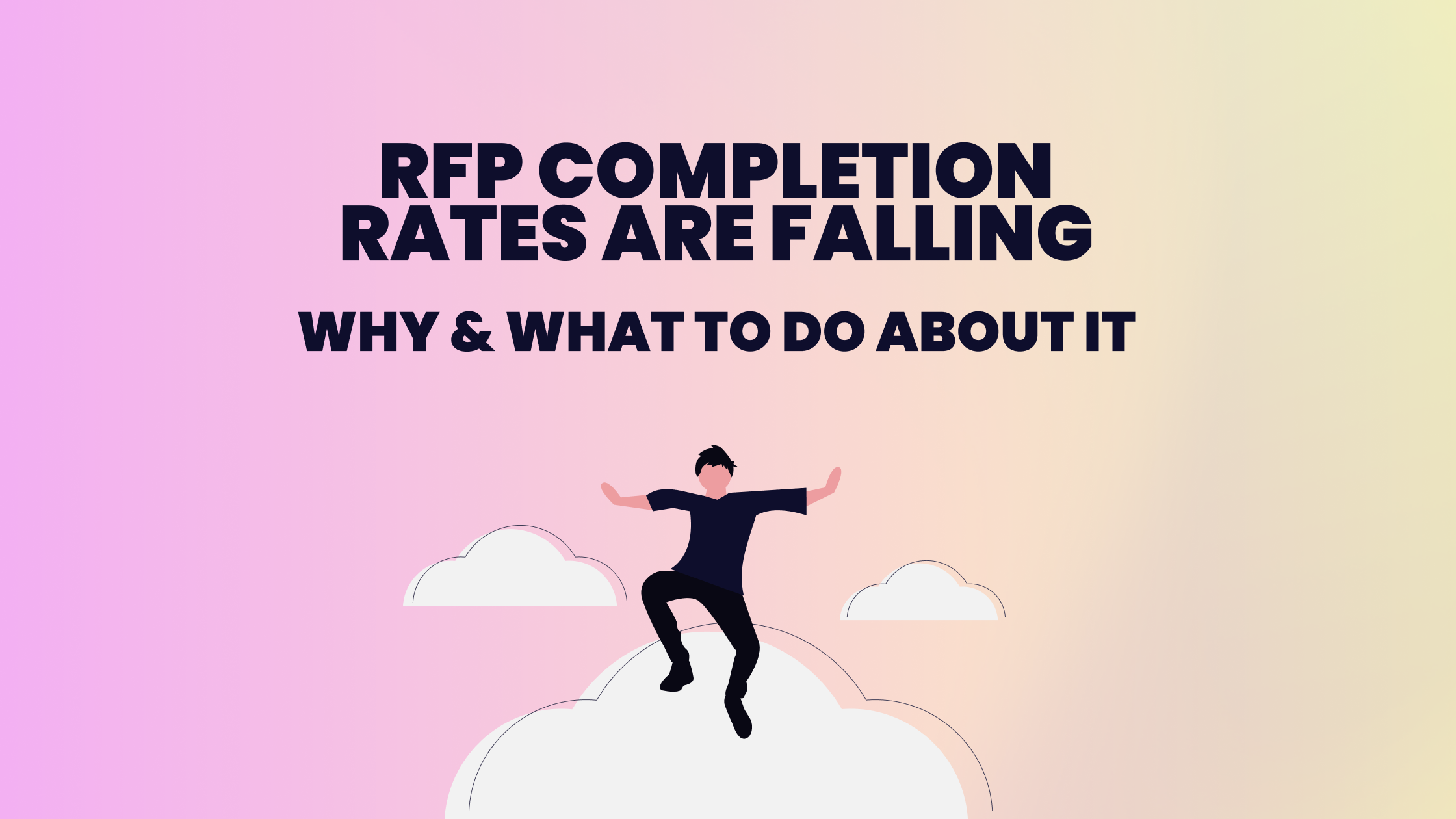If you've ever wondered how organizations buy services or products from external providers, the answer often involves a process called "tendering." Tendering plays a critical role in procurement across public and private sectors, helping ensure transparency, competition, and value for money.
Who is this for?
If you’re a procurement manager at a growing business or public sector organization struggling with navigating complex supplier selection processes and responding to tenders, this guide will help you understand the tendering process, identify opportunities, and submit stronger, more compliant bids.
What is a Tender in Business?
Tender meaning in procurement vs general usage
In general terms, a "tender" is an invitation to submit an offer or bid. In a business context, especially in procurement, a tender refers to a formal process where organizations invite suppliers to submit proposals for the delivery of goods, services, or works.
While the word might be used casually to mean any kind of offer, in procurement, it's a structured and often legally binding process.
How tenders fit into the buying process
Tenders are a key part of the procurement lifecycle. Once an organization defines its needs, it issues a tender to attract proposals. After reviewing submissions based on set criteria, the organization selects the best supplier. This process ensures fairness, competitiveness, and accountability.
Types of Tenders You Should Know
Request for Proposal (RFP)
An RFP invites suppliers to propose a solution based on a defined need. It typically includes technical and financial criteria and requires detailed responses.
Request for Information (RFI)
An RFI is used earlier in the procurement cycle to gather information about suppliers and potential solutions before issuing a formal RFP or RFT.
Request for Tender (RFT)
An RFT is a formal invitation to submit a bid for a clearly defined project or contract. It includes full specifications and is often used in government procurement.
Open vs Restricted Tendering
- Open Tendering: Anyone can submit a bid.
- Restricted Tendering: Only invited or pre-qualified suppliers can respond, typically used for specialized or high-risk contracts.
Key Components of a Tender Document
Tender notice and submission deadline
This section outlines key dates and high-level requirements, signaling the start of the procurement process.
Technical specifications and scope of work
Clearly defines what the buyer expects, including deliverables, timelines, and quality standards.
Eligibility and evaluation criteria
Specifies who can bid and how responses will be judged (e.g., price, experience, innovation).
Terms, conditions, and payment structure
Outlines contractual obligations, payment milestones, and any penalties for non-compliance.
Understanding the Bid and Tender Relationship
What is a bid in response to a tender?
A bid is a supplier's formal offer submitted in response to a tender. It usually includes pricing, technical capabilities, timelines, and proof of past performance.
Common interchangeable terms in procurement
While "tender" and "bid" are often used interchangeably, tenders are typically issued by buyers, and bids are the responses by suppliers. Other related terms include "proposal," "quotation," and "submission."
How to Respond to a Tender as a Business Owner
Reading and interpreting tender documents
Start by carefully reviewing the tender package, noting key requirements, deadlines, and evaluation criteria.
Meeting eligibility and compliance requirements
Ensure your business meets the stated criteria and can provide the necessary documentation, such as certifications or past project references.
Writing a compelling proposal or bid
Craft a clear, concise, and compelling response that demonstrates value, reliability, and alignment with the buyer’s needs. Use evidence wherever possible.
Where to Find Tender Opportunities
Government procurement portals
Most governments have official websites where tenders are published. Examples include Contracts Finder (UK), TED (EU), and SAM.gov (US).
Private sector tender listings
Many large corporations issue tenders through their procurement teams or platforms like Ariba and SAP.
Using tender monitoring services
Specialized platforms like Tenderlake, Proactis, and GlobalTenders help businesses track relevant opportunities in real-time.
Benefits of Tendering for Business Owners
Cost savings through competitive pricing
The competitive nature of tenders often results in better pricing and terms for buyers and fair competition for suppliers.
Improved supplier quality and accountability
Tenders typically include strict eligibility and performance criteria, leading to more reliable outcomes.
Transparency and legal compliance
Especially in public procurement, tendering ensures legal compliance and reduces corruption and favoritism.
Opportunities for innovation and growth
Responding to tenders can open new markets, build credibility, and drive innovation through collaboration.
Key Takeaways & Wrap Up
Tendering is a strategic opportunity for businesses to grow, build partnerships, and demonstrate their value in competitive marketplaces. By understanding the tendering process, companies can enhance their credibility, access larger contracts, and gain a stronger foothold in both public and private sectors.
- A tender is a structured process used by organizations to solicit offers from suppliers.
- There are several types of tenders, including RFPs, RFIs, and RFTs.
- Understanding the components of a tender document is essential for submitting a strong bid.
- Tenders create opportunities for business growth, cost savings, and competitive advantage.
What is a Tender - FAQs
What does tender mean in business?
In business, a tender is a formal invitation issued by an organization asking suppliers to submit bids to provide goods, services, or works.
What is the difference between a tender and a bid?
A tender is issued by a buyer to invite offers, while a bid is the supplier’s response to that invitation. In simple terms: buyers tender, suppliers bid.
What are the main types of tenders?
The main types include Request for Proposal (RFP), Request for Information (RFI), Request for Tender (RFT), and open or restricted tenders.
Who can apply for a tender?
Any supplier that meets the eligibility criteria set out in the tender document can apply, though some tenders are restricted to pre-qualified vendors.
Where can I find tenders to apply for?
Tenders can be found on government procurement portals, private company listings, and third-party tender monitoring services.
What makes a strong tender bid?
A strong bid is well-structured, aligns with the tender requirements, demonstrates clear value, and includes evidence of relevant experience and compliance.
Is responding to tenders worth it for small businesses?
Yes. Tenders can open doors to new revenue streams, increase credibility, and help small businesses grow by securing larger contracts.



